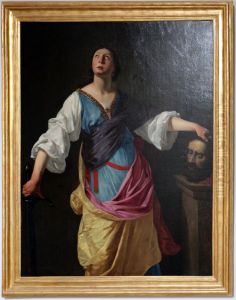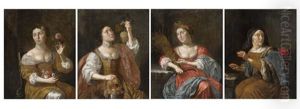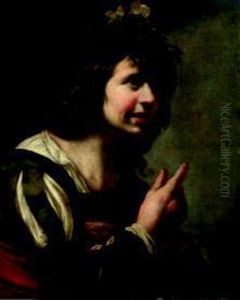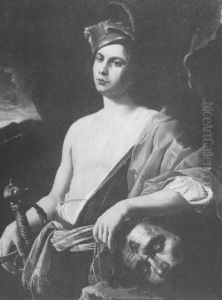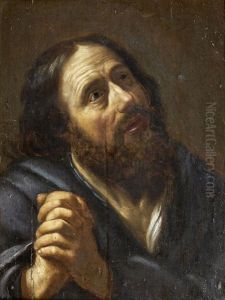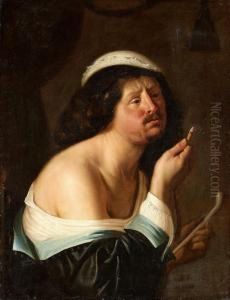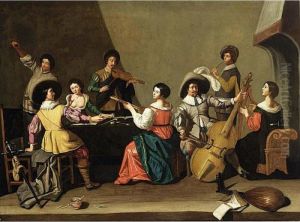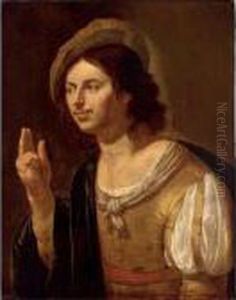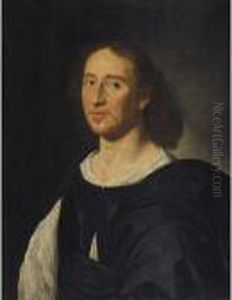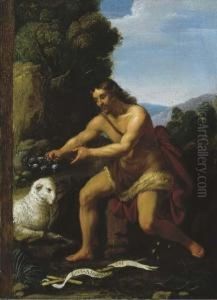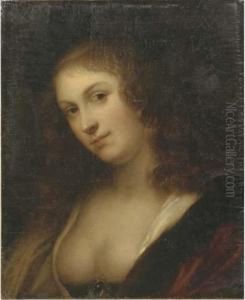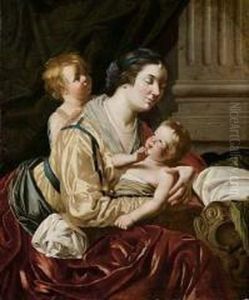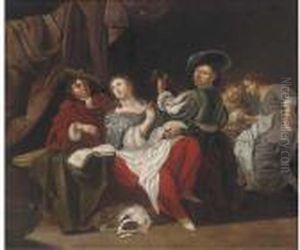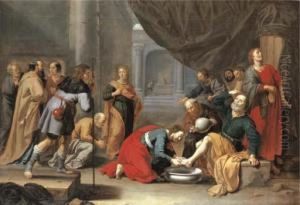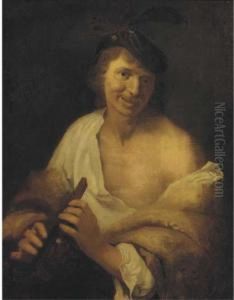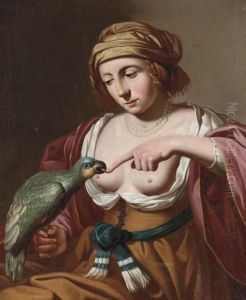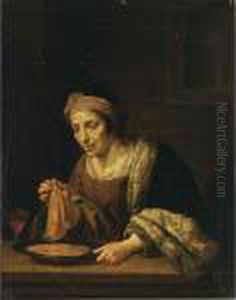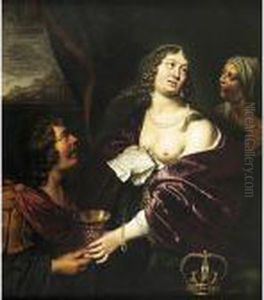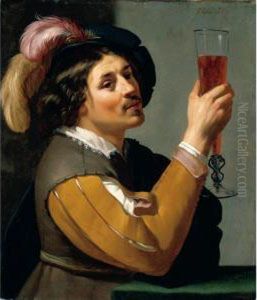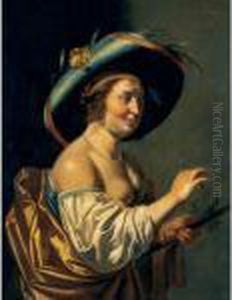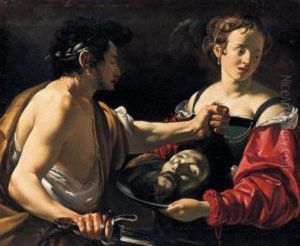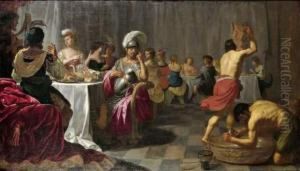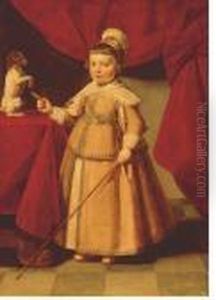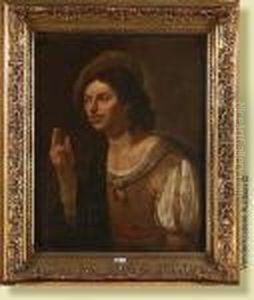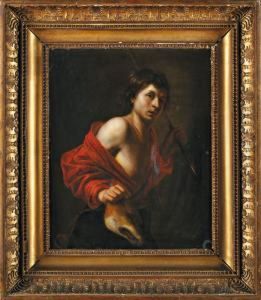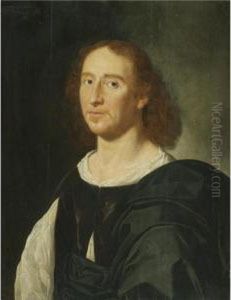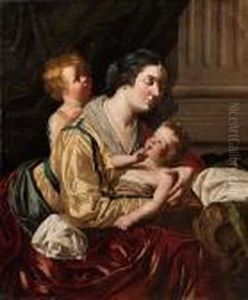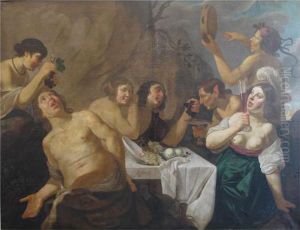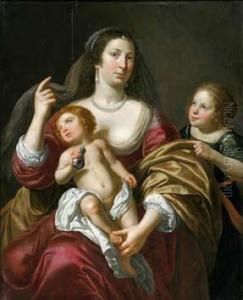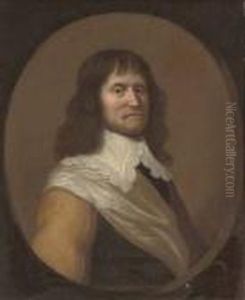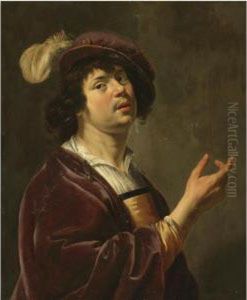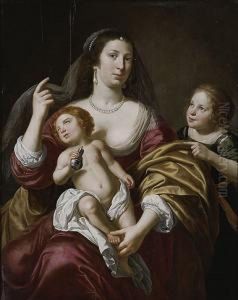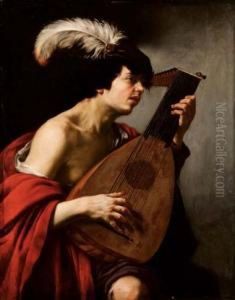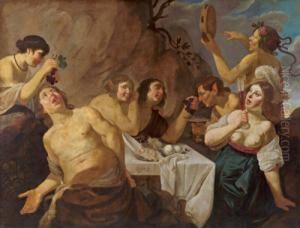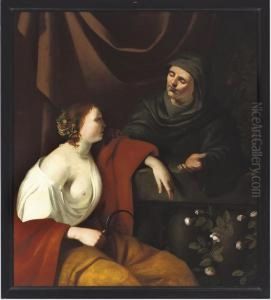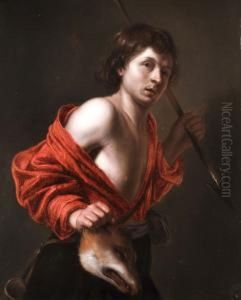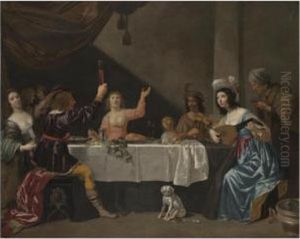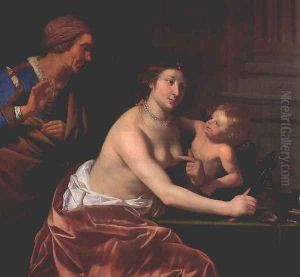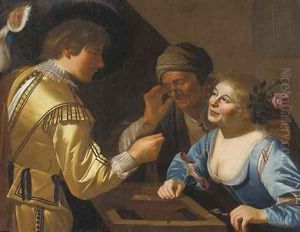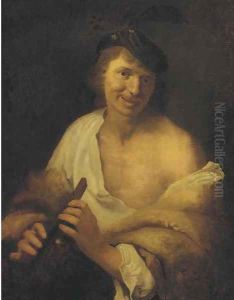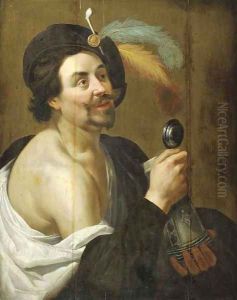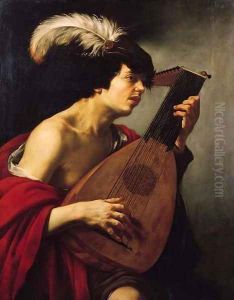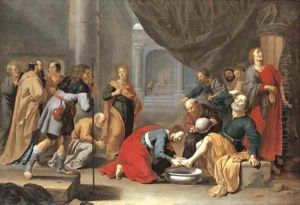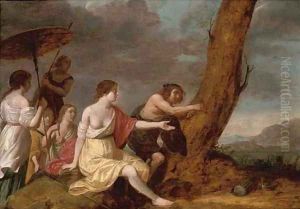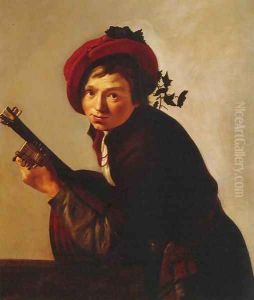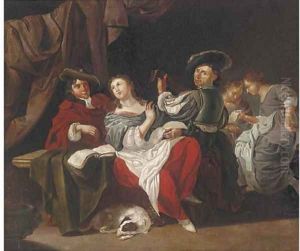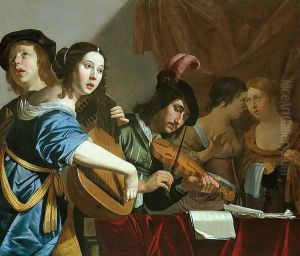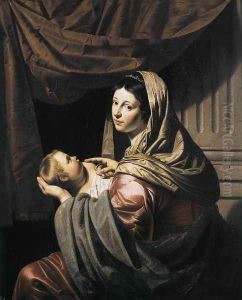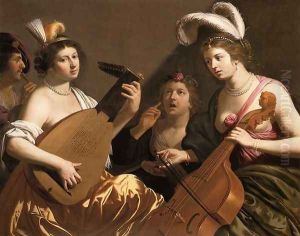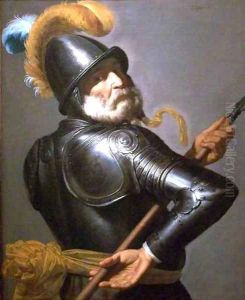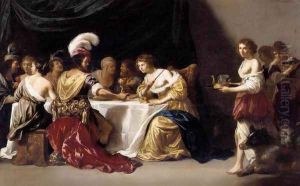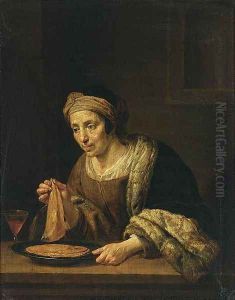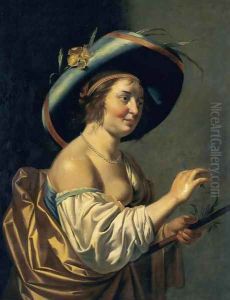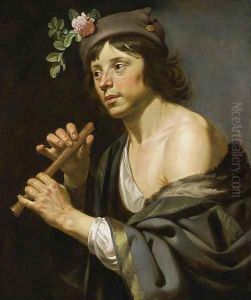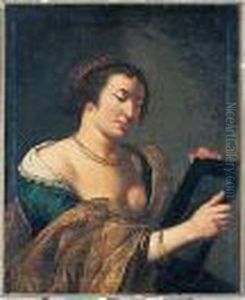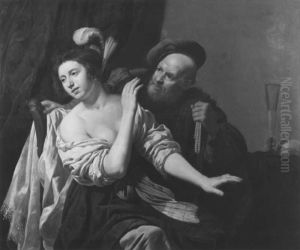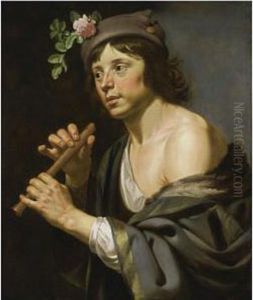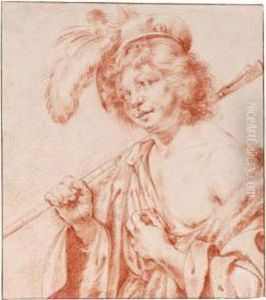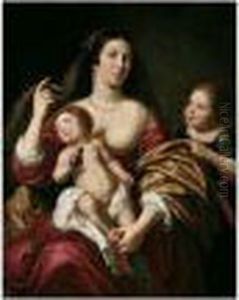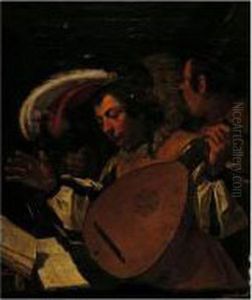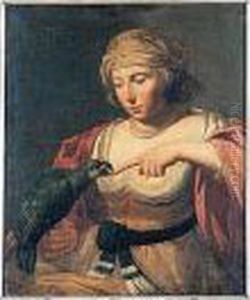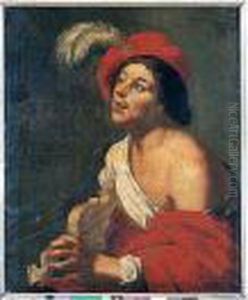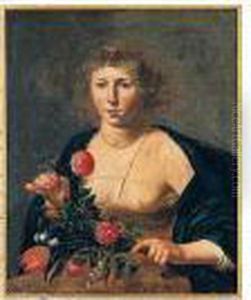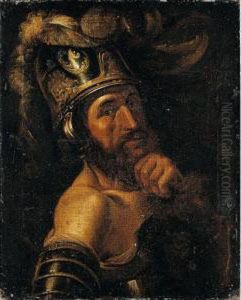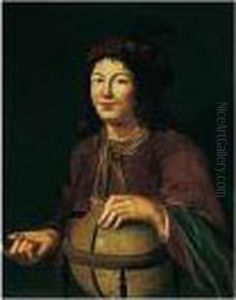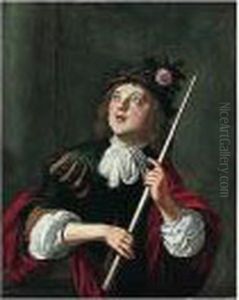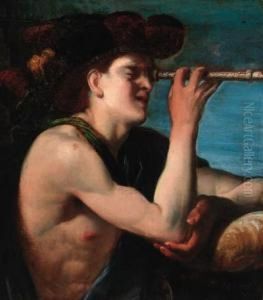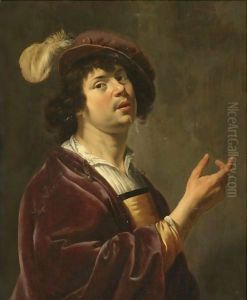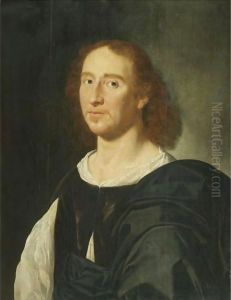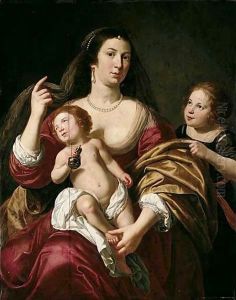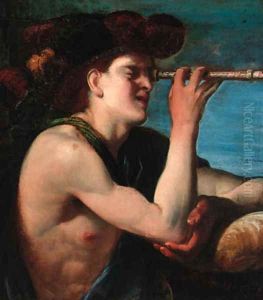Jan Van Bijlert Paintings
Jan van Bijlert was a Dutch painter born in Utrecht during the late 16th century, specifically around 1597/1598. He was an important figure in the Dutch Golden Age of painting, a period characterized by a tremendous wealth of artistic talent and production in the Netherlands.
Van Bijlert's early life and training are not thoroughly documented, but it is known that he was a pupil of Abraham Bloemaert, who was one of the leading artists in Utrecht at the time. Bloemaert's influence can be seen in van Bijlert's use of color and composition.
After his initial training, van Bijlert traveled to France and Italy, which was common for artists of his time seeking to complete their education and exposure to different artistic styles. He spent a significant amount of time in Rome, where he became a member of the Bentvueghels, a society of mostly Dutch and Flemish artists working in Rome. It was during his Italian sojourn that van Bijlert was exposed to the work of Caravaggio and his followers. The Caravaggisti, or followers of Caravaggio, were known for their use of chiaroscuro - the strong contrasts of light and shadow - and realistic, often dramatic, subject matter. These elements had a profound impact on van Bijlert's style.
Upon returning to Utrecht in the 1620s, van Bijlert began to incorporate the Caravaggesque style into his work. He became known for his genre scenes, religious compositions, and portraits. His work often featured half-length figures illuminated by a strong light source, with an emphasis on capturing the textures of materials and the play of light and shadow.
During the 1630s, van Bijlert's style evolved, showing less of the Caravaggesque influence and more in line with the classicizing trends of his Utrecht contemporaries, like Gerrit van Honthorst and Hendrick ter Brugghen. His palette became lighter, and his compositions more refined.
Jan van Bijlert was an active member of the Utrecht Guild of Saint Luke and served as its head on several occasions. Despite his success and contributions to the Dutch Golden Age of painting, van Bijlert did not achieve the same level of fame as some of his contemporaries. Nevertheless, his work is represented in various museums, and he is recognized for his role in the spread of the Caravaggesque style in Northern Europe.
Van Bijlert continued to paint until his death in Utrecht in 1671. His legacy is that of a skilled artist who adeptly merged international influences with local traditions to create works that were both innovative and reflective of his times.
